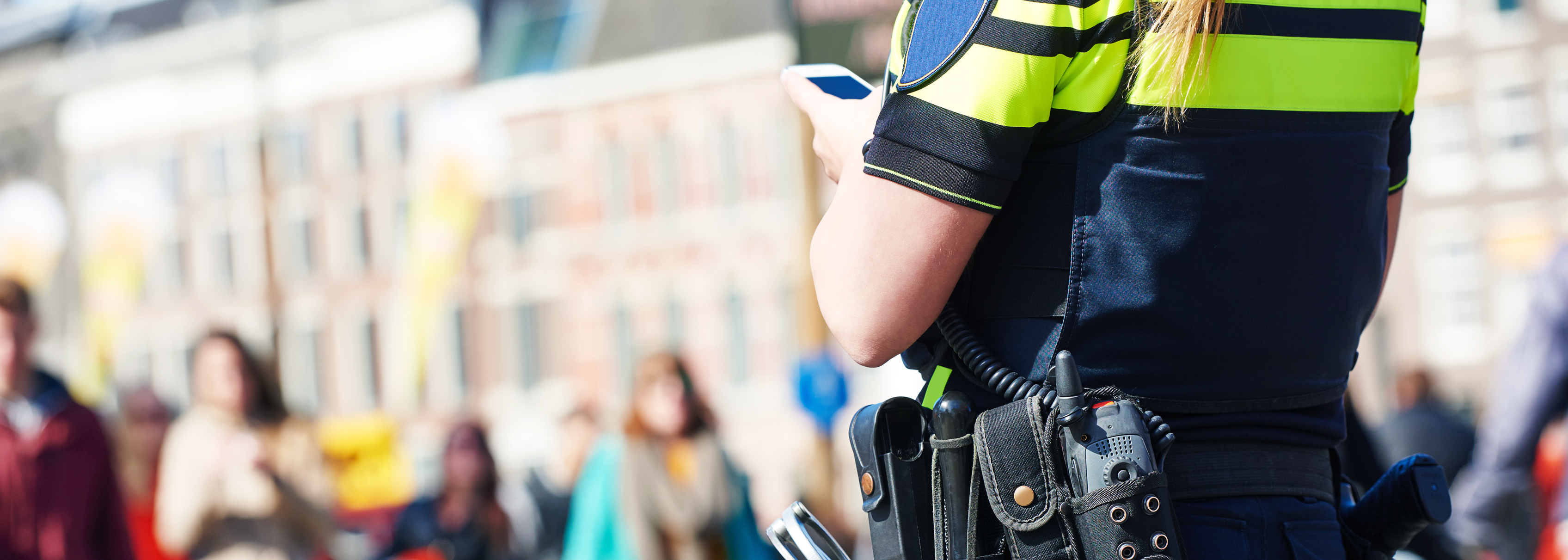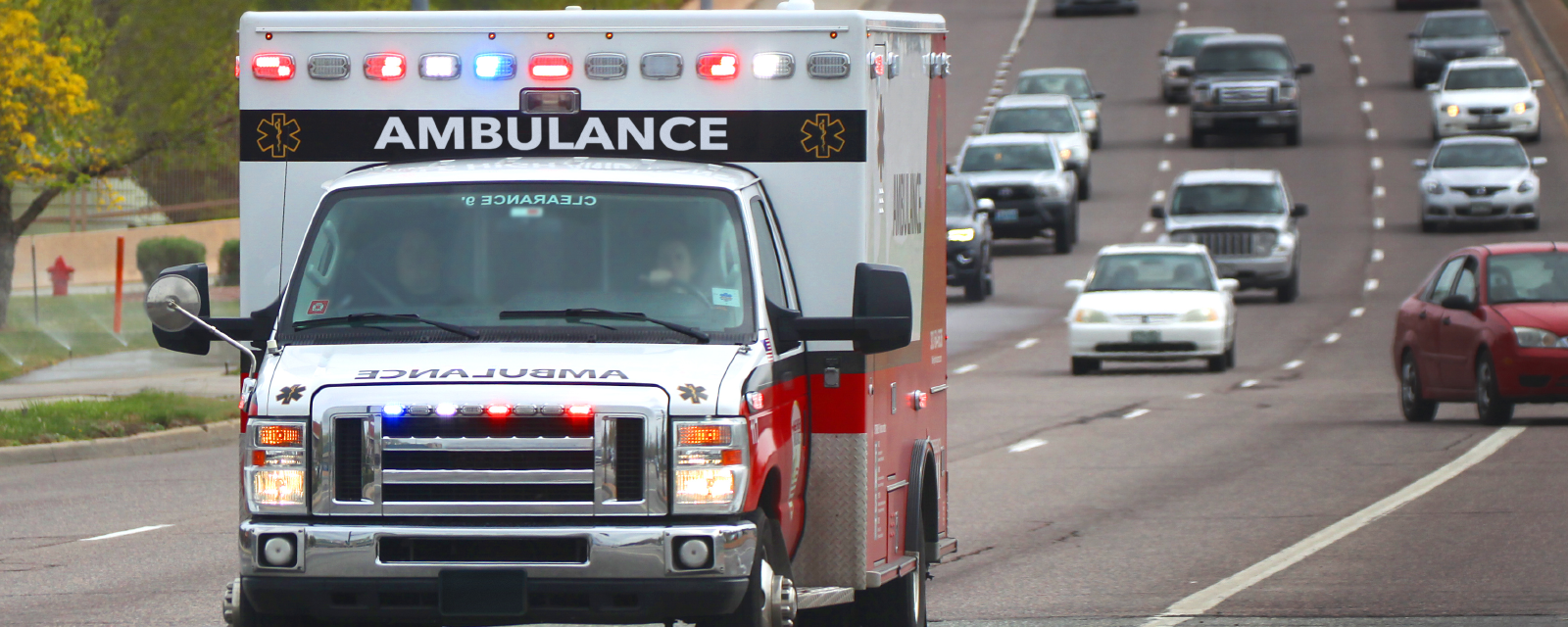Safe city | 07 januari 2020
Article: How quick responses lead to safer cities
The best laid plans of mice and men often go awry. The same goes for municipal governments. Of course you spend great amounts of time and effort to keep your community safe and to prevent dangerous situations in your city. Still, the fact remains that every now and then, you’ll have to deal with the unexpected.
No fear: using data gives you an edge even in those dire circumstances. Read on to find out how Cyclomedia can help you.

Emergency dispatch services
Emergency dispatch services are literally the first port of call when danger rears its head. But sometimes it can be difficult for them to establish a quick overview of the lay of the land, and in an emergency, every second counts.
Fortunately there’s street-level imaging. Emergency services can use data to determine access routes, pinpoint the best locations for emergency services, aid situational awareness, improve communication and coordination, and ensure all involved parties have the same overview of the situation across the board.
Additionally, providing emergency and rescue services with visual and spatial intelligence ensures a fast response and makes it possible to immediately recognize an incident location. These images also allow emergency services to optimize their routes and receive information about potential on-site hazards and obstacles. All told, street-level imaging leads to shorter response times. And shorter response times save lives.
Police intervention
Police services are vital when it comes to keeping your city safe. Like you, they spend most of their time recognizing and averting risks. But even when the going has already gotten tough, the police is one of the most useful resources at your disposal. And in order to enable them to do their job to the best of their ability, you can provide them with useful data.
Your police department can use data to organize operations such as raids, prepare strike teams and other task forces, and they can make use of information for briefing and debriefing purposes.
Peter de With, professor at the Eindhoven University of Technology and advisor on video technology at Cyclomedia, astutely summarizes just why the use of street-level imagery is so vital: “When it comes to emergencies and safety matters, speed is of the utmost importance. In order to prevent incidents from snowballing, police officers need to be able to identify a location within 20 seconds in some cases. Also, medical emergencies only have a short window of mere minutes in which we can act when it comes to severe casualties. After that, it’s usually too late.”

Flooding and other natural disasters
With climate change on the rise, flooding is proving to be more and more of a problem. Here too data can prove useful. Where do people require immediate assistance? Which windows are below the water level? Data helps you to prioritize and minimize damage and casualties.
That’s not just a distant dream: we’re already using data to improve the way we respond to disasters. During forest fires, for example. Each year, forest fires are responsible for the destruction of acres upon acres of nature and residential areas alike. Recovery teams have now started using street-level imagery for rapid condition assessment and disaster response plans. The situational awareness provided by street-level imaging is invaluable.
Event management
You want your city to be a lively one where people can come together to share interests, knowledge, entertainment, and experiences. But the greater the crowd at these events, the bigger the risk that something will go wrong. That’s where data can come in as well, for example by making it quicker and smoother to coordinate evacuations.
You’re probably already aware of how much is involved in the organization of a large event. Many things have to be taken into consideration. An important aspect is general safety. For this reason, police services can use imagery early on during the event preparation process. This visual information about the location of the event (street level imagery) is an important aid in deciding how to deploy emergency services and manage crowds.
Imagery can also be used to view the layout of streets and squares. High-risk locations such as bars and youth hangouts can be identified quickly and easily. With this insight, it is possible to determine the best locations for road blocks and surveillance posts and to increase security during the event.
As you’ve seen, there are many different ways to address dangerous situations quickly and efficiently, some of which you’re probably already using to some degree. Every day, you’re putting in the effort to make your city safe, sustainable, and spectacular to live in. It’s hard work, but definitely worthwhile. And with our help, it can even be a little easier.